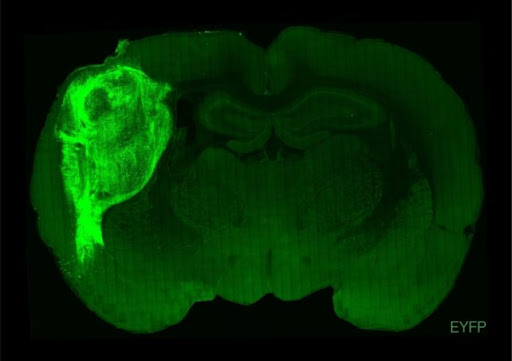Portrait of a Neanderthal family

Images: U. of Toronto | Tom Björklund
Neanderthals likely formed small, tight-knit communities where women traveled between groups to live with their mates, while men stayed within the group they were born for life.
That’s per a new study published yesterday in Nature examining ancient DNA that belonged to the earliest known family of Neanderthals, who died together in a Siberian cave ~54,000 years ago.
👣 Background: Neanderthals are an extinct early human relative who lived in Europe and Asia for hundreds of thousands of years, eventually dying-out ~40,000 years ago – shortly after our species (Homo sapiens) migrated to Europe from Africa.
- Little is known about the familial dynamics of Neanderthals due to a lack of available hard evidence. For years, researchers only had clues like footprints – or the layout of caves – from which to draw conclusions about their social structures.
🧬 That brings us to yesterday… when a team of European scientists published the first-ever study of Neanderthal social dynamics using DNA analysis from the remains of 11 individuals.
- The researchers compared the diversity of Y chromosomes (inherited from the father) with that of mitochondrial DNA (inherited from the mother), and found an order of magnitude more mitochondrial diversity – signaling that Neanderthal men stayed in the same group where they were born, but women moved to other groups.
+Worth mentioning: One of the study’s authors, Swedish scientist Svante Pääbo, was awarded the Nobel Prize earlier this month for completing a task in 2010 previously thought to be impossible: sequencing the entire Neanderthal genome with the degraded and contaminated genetic material available to him.
Share this!
Recent Science & Emerging Tech stories

Science & Emerging Tech
| October 14, 2022Beam me down, Scotty
☀️🛰️🌎 In a live demonstration in front of the European Space Agency and Airbus, New Zealand-based startup Emrod recently demonstrated new tech that can be used to beam down solar energy from space.

Science & Emerging Tech
| October 13, 2022This probably isn’t the mind control you’re thinking of
🐀🧠 After neuroscientists at Stanford University transplanted specialized human brain cells into newborn rats, the human cells integrated with the rat tissue and continued to mature, per a new study published in Nature.

Science & Emerging Tech
| October 12, 2022NASA’s DART Mission was a smashing success
🛰☄️ Humans have officially proven we can alter the cosmos, per a NASA press release from yesterday documenting the success of its Double Asteroid Redirection Test (DART) mission.
You've made it this far...
Let's make our relationship official, no 💍 or elaborate proposal required. Learn and stay entertained, for free.👇
All of our news is 100% free and you can unsubscribe anytime; the quiz takes ~10 seconds to complete